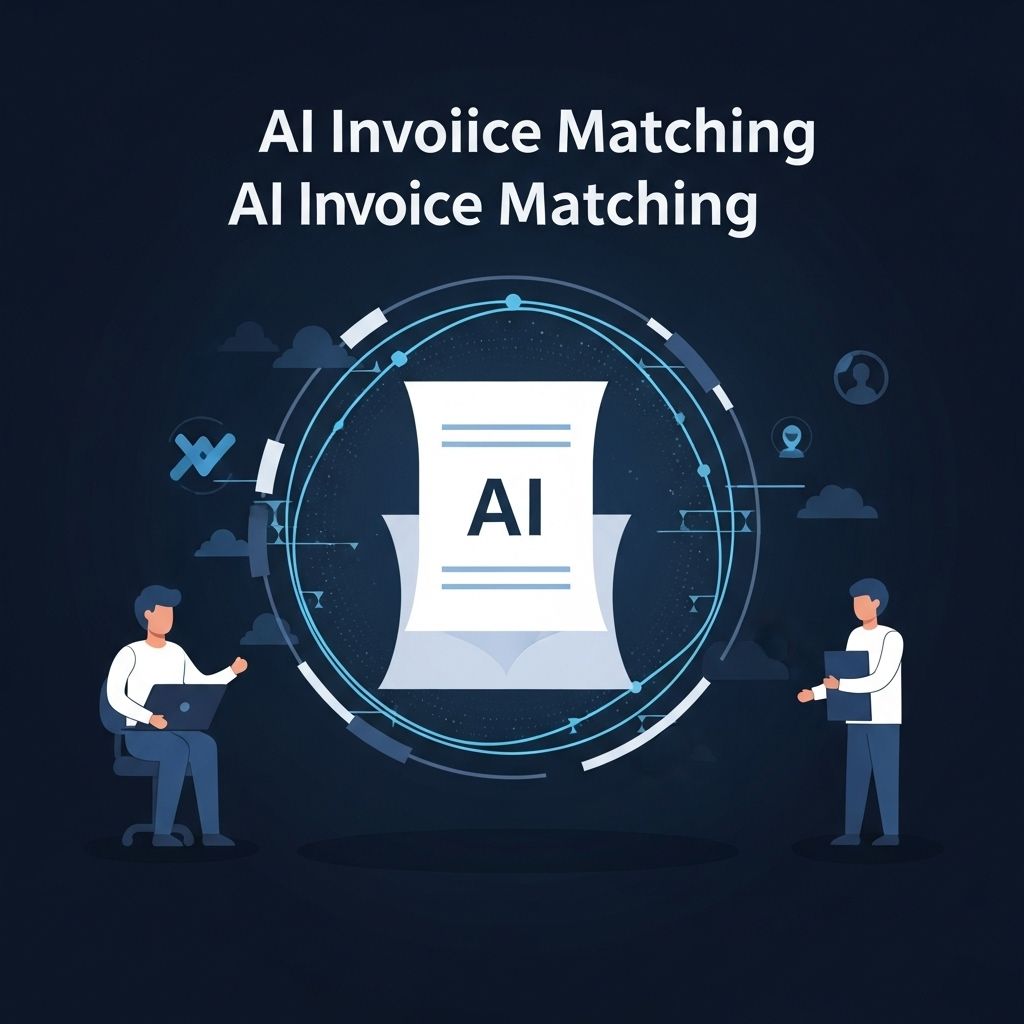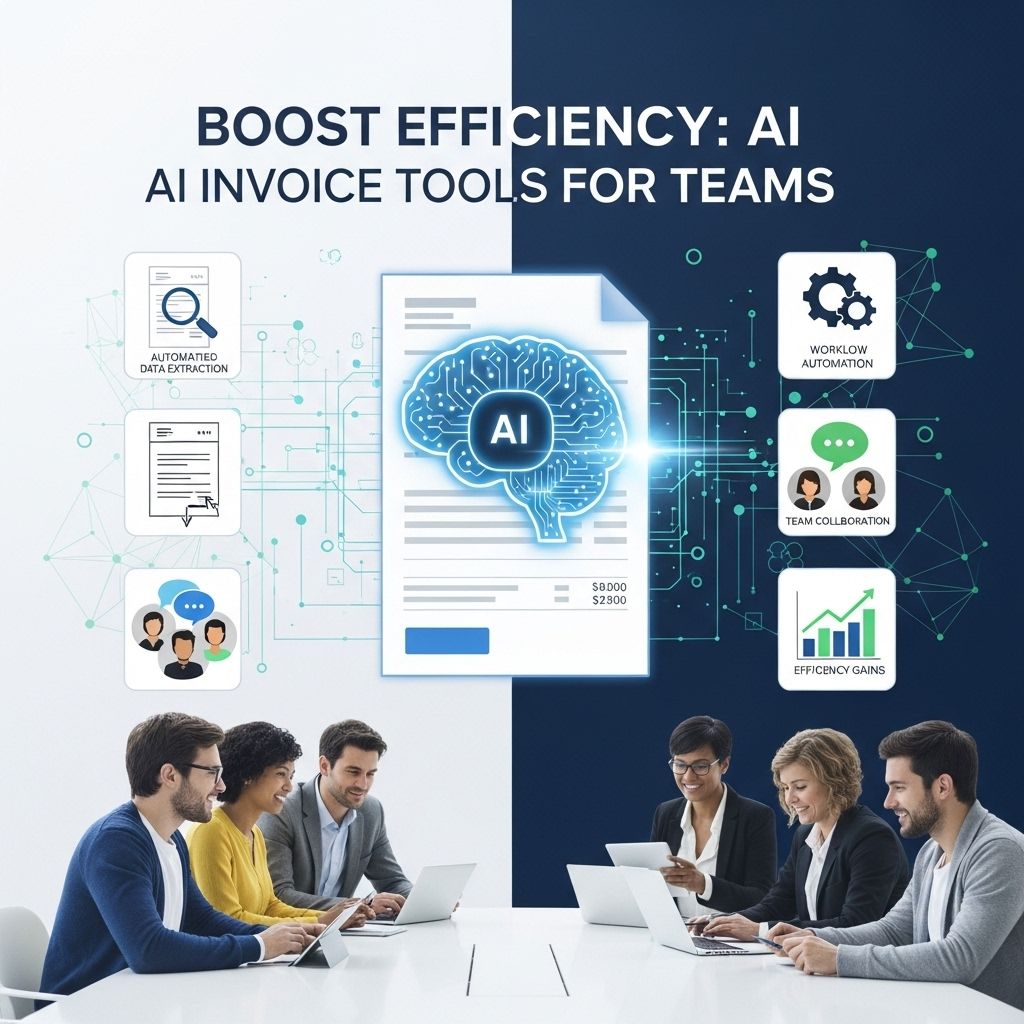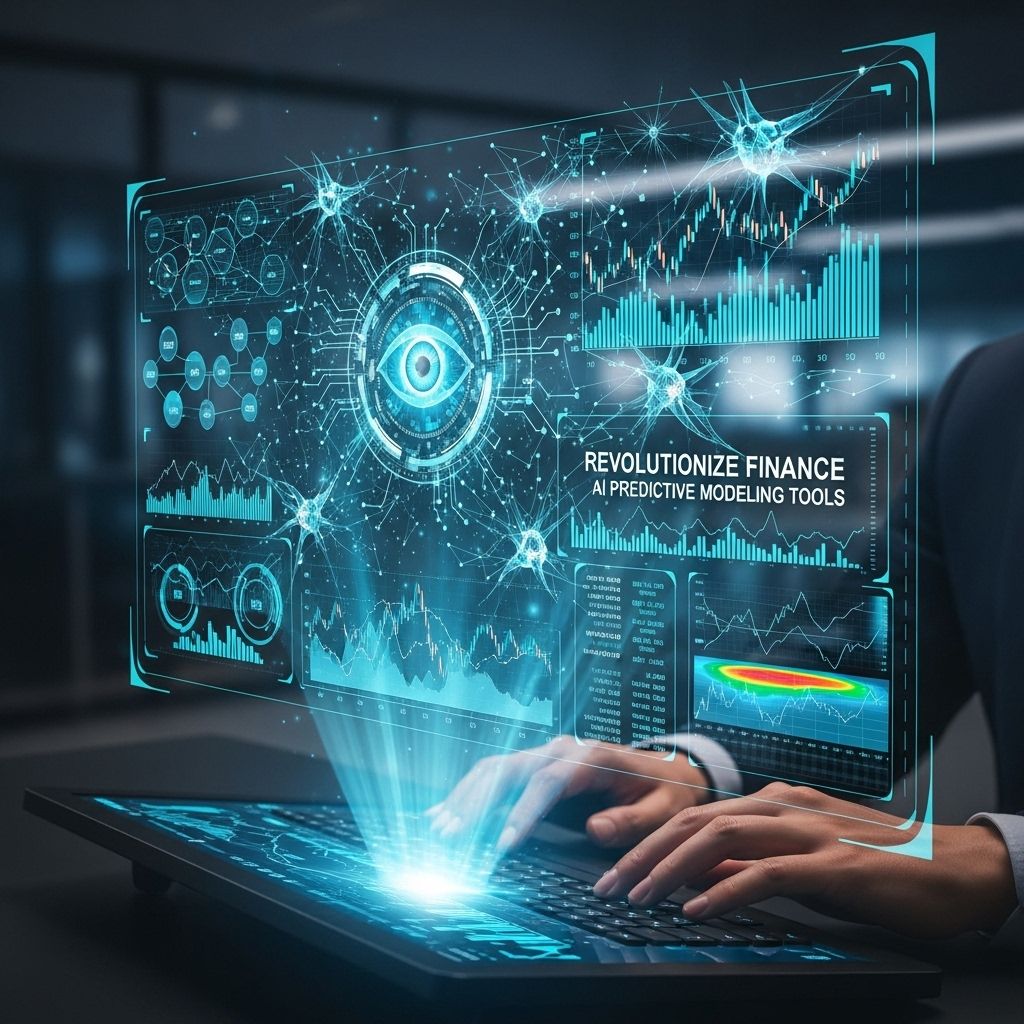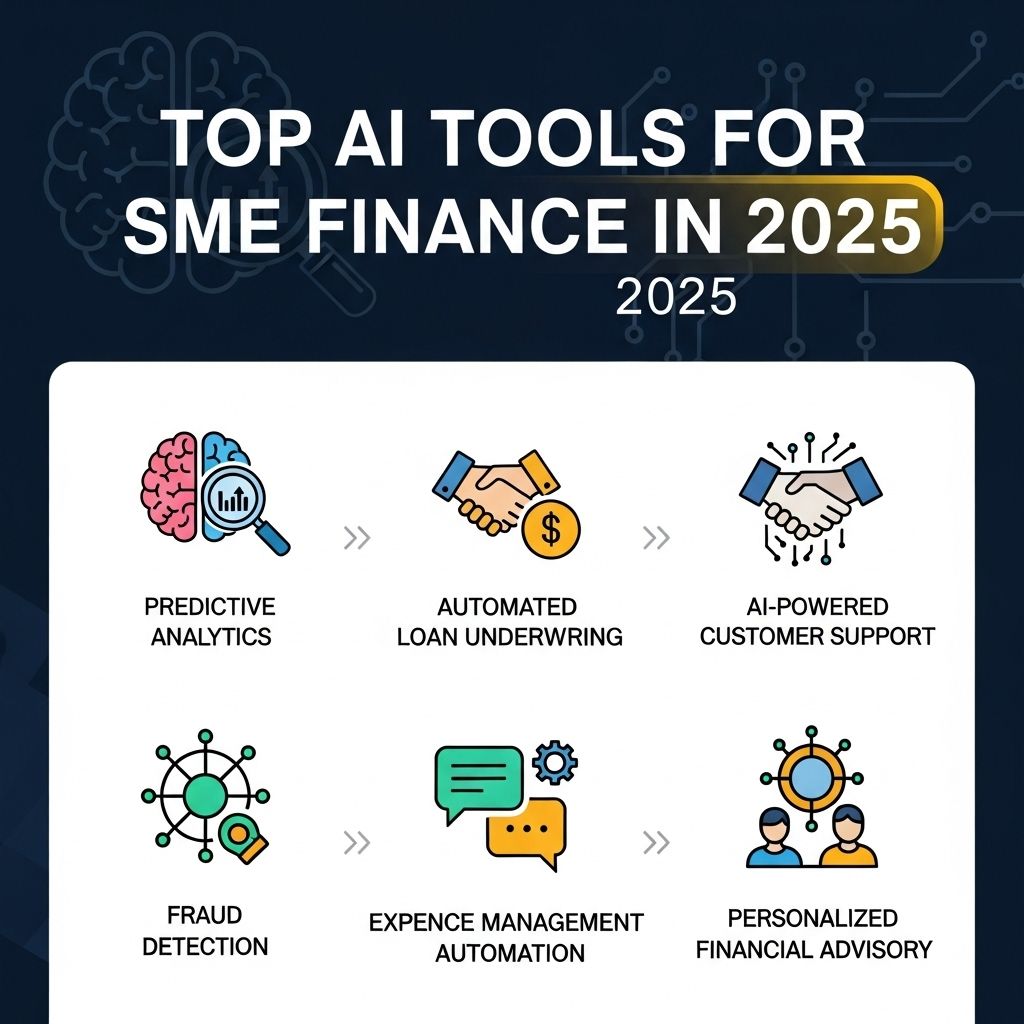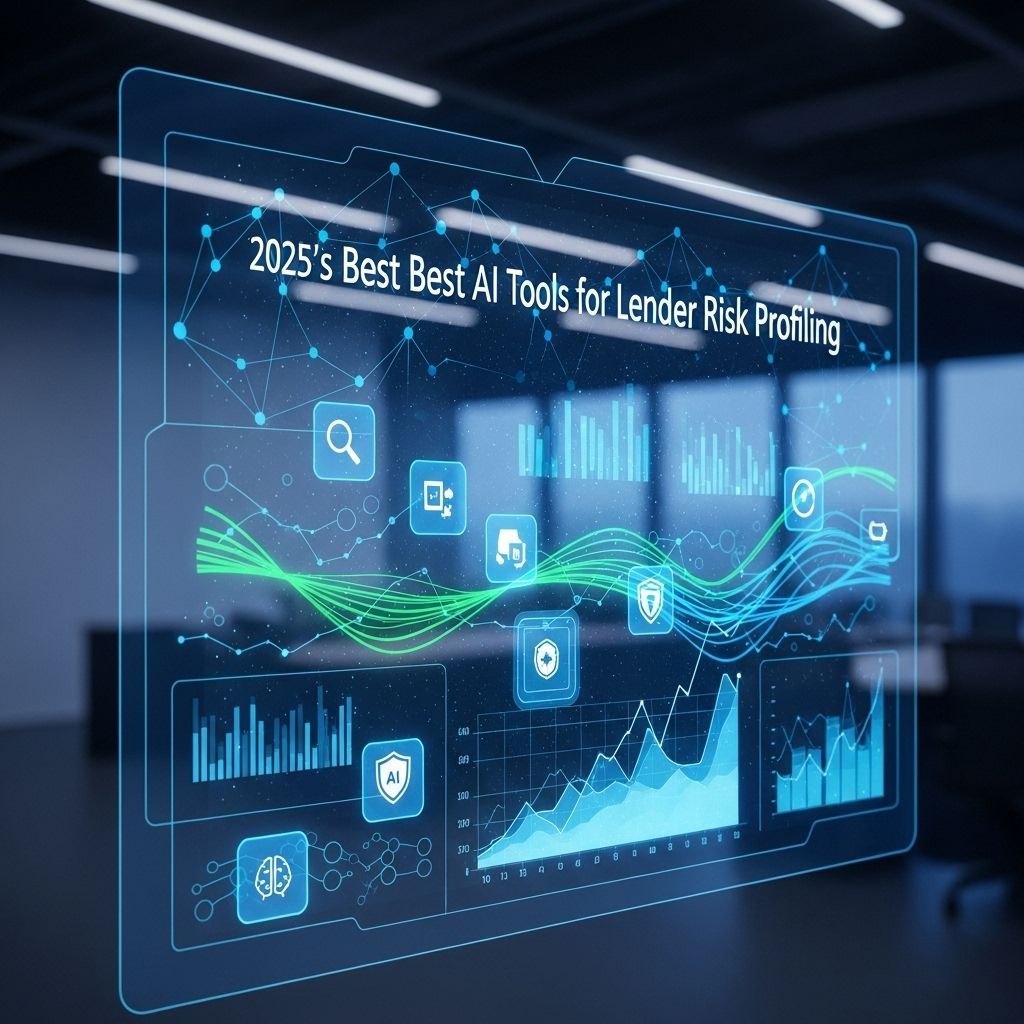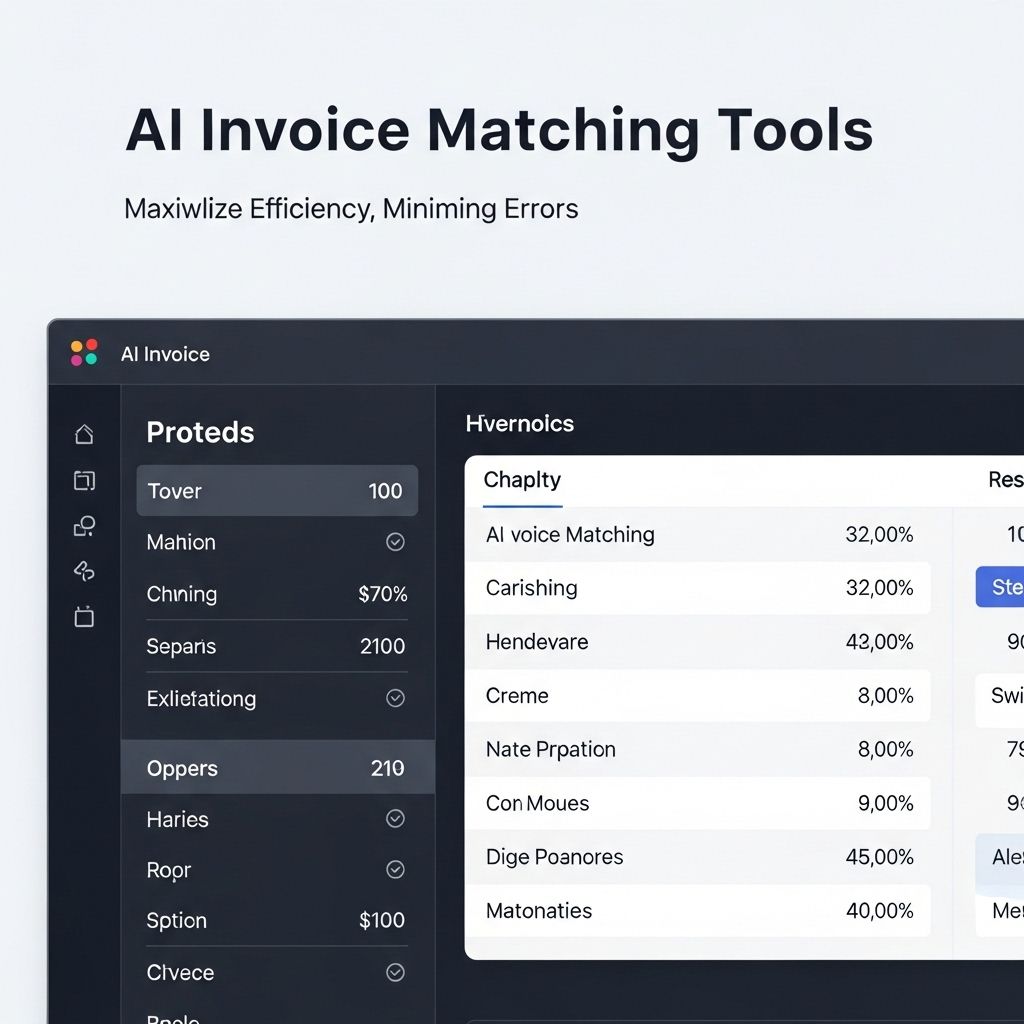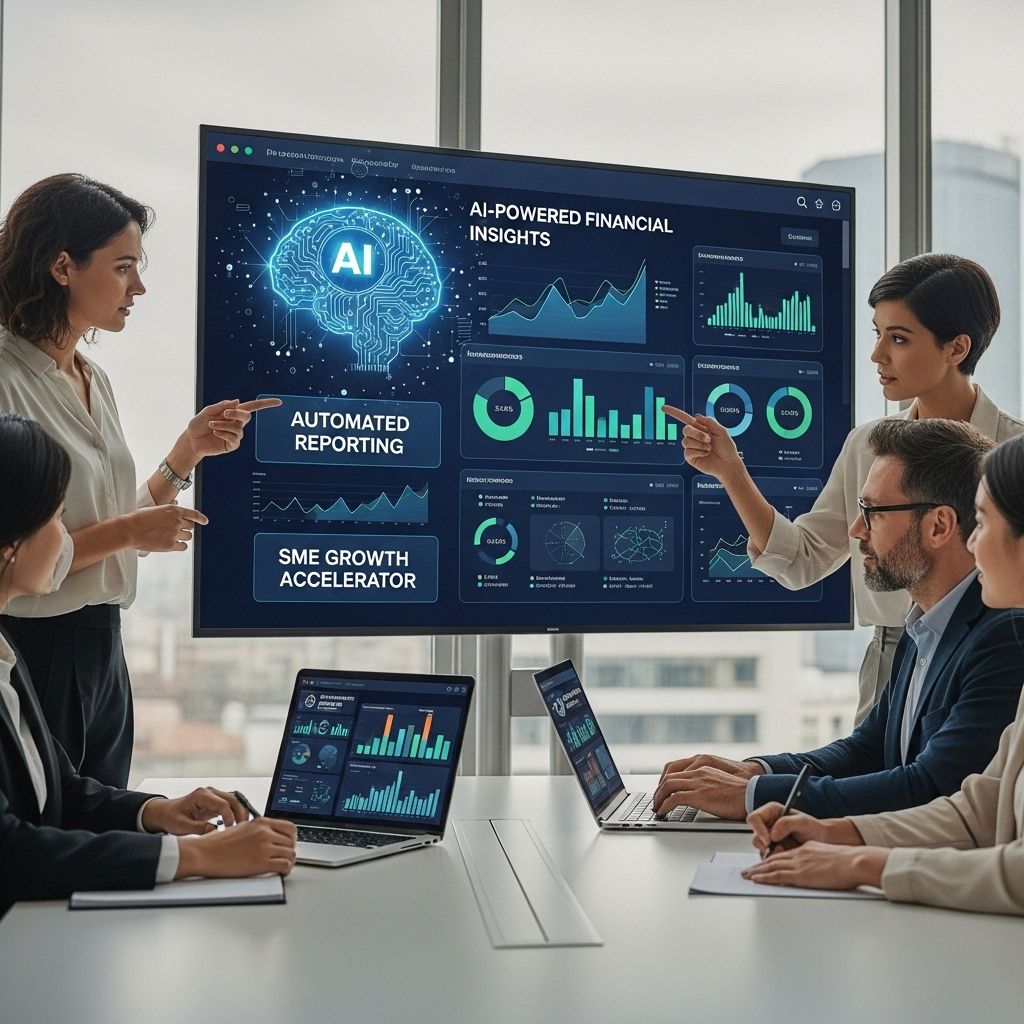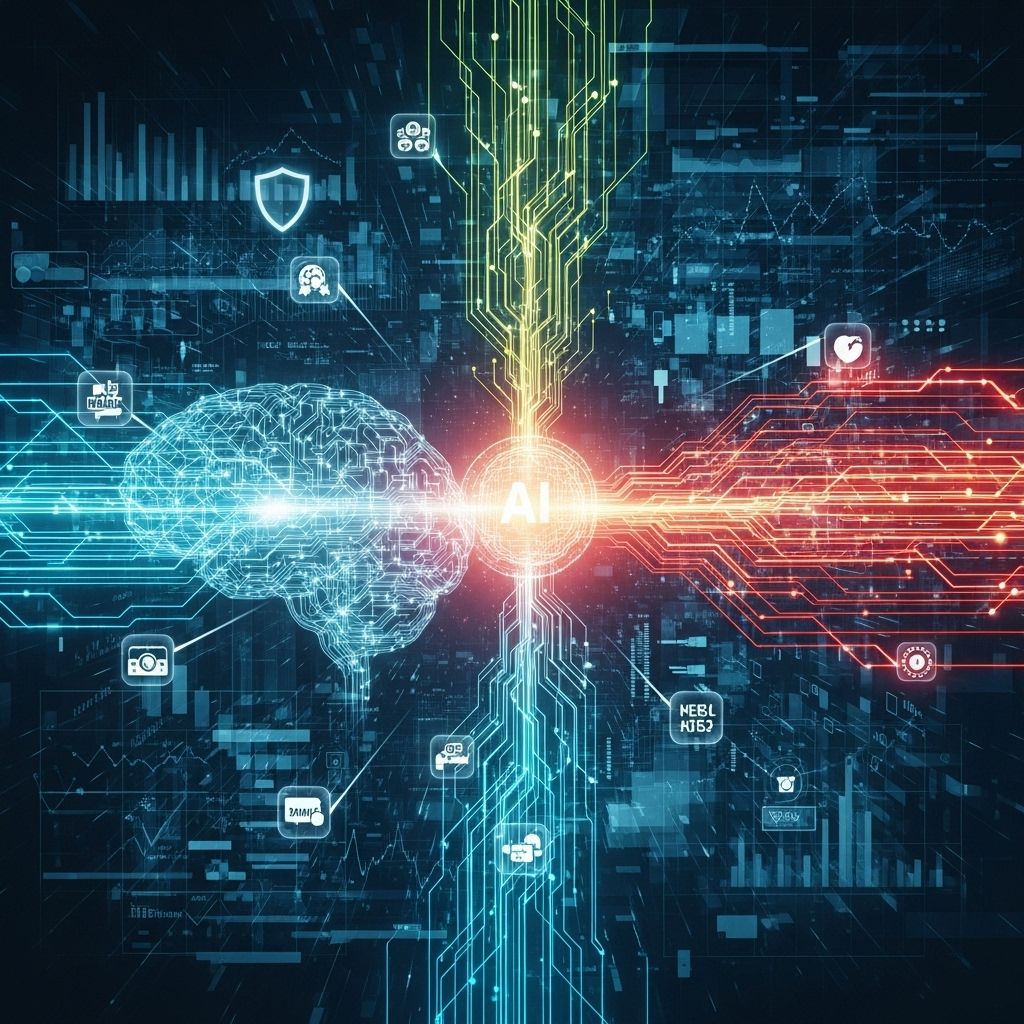Boost Efficiency with AI Invoice Matching for Teams
Discover how AI invoice matching can enhance team efficiency, reduce errors, and streamline financial processes in your organization.

In an era where automation is becoming the backbone of modern businesses, the introduction of Artificial Intelligence (AI) into processes such as invoice matching is revolutionizing the way teams operate. No longer are employees burdened with tedious manual data entry and reconciliation tasks; AI invoice matching automates these processes, ensuring accuracy, speed, and efficiency. This article will explore how AI invoice matching can enhance team productivity, reduce errors, and save businesses both time and money.
Table of Contents
Understanding AI Invoice Matching
AI invoice matching utilizes machine learning algorithms and natural language processing to automate the verification of invoices against purchase orders and receipts. The technology analyzes data from various sources, cross-referencing it to confirm that what has been billed aligns with what was ordered and received. Here’s how it typically works:
- Data Extraction: AI tools extract key information from invoices, such as vendor names, invoice numbers, amounts, and dates.
- Data Comparison: The extracted data is then compared against existing databases like purchase orders and delivery receipts.
- Discrepancy Detection: Any inconsistencies between the invoice and the corresponding order are flagged for review.
- Approval Workflow: Invoices that pass validation seamlessly enter the approval workflow.
Key Technologies Behind AI Invoice Matching
The effectiveness of AI invoice matching hinges on various technologies:
- Machine Learning: Algorithms learn from historical data to improve accuracy in data extraction and pattern recognition over time.
- Optical Character Recognition (OCR): Converts scanned documents or images of invoices into machine-readable text.
- Natural Language Processing (NLP): Helps understand and interpret human language used in invoices.
The Benefits of AI Invoice Matching
Implementing AI invoice matching can yield substantial benefits for organizations. Below are some of the most prominent advantages:
1. Enhanced Accuracy
Manual data entry is prone to human error. AI invoice matching reduces mistakes significantly by ensuring precise data extraction and validation. As a result, businesses can trust that their financial reporting is accurate.
2. Increased Efficiency
AI systems can process invoices much faster than humans. This leads to quicker payment cycles and reduces the burden on accounts payable teams, allowing them to focus on high-value tasks such as negotiation and relationship management.
3. Cost Savings
By minimizing errors and streamlining workflows, businesses can realize significant cost savings. According to studies, automating invoice processing can reduce costs by up to 70% compared to manual processes.
4. Improved Cash Flow Management
With faster processing and approval times, companies benefit from improved cash flow management. They can avoid late fees, take advantage of early payment discounts, and maintain better relationships with vendors.
Challenges and Considerations
While AI invoice matching offers numerous benefits, organizations need to navigate potential challenges during implementation:
Data Quality
The success of AI systems depends heavily on the quality of the data fed into them. Poor data quality can lead to incorrect results. Organizations must ensure that their data is clean, organized, and standardized.
Integration with Existing Systems
Many businesses use legacy systems for accounts payable and financial management. Integrating AI tools with these systems can pose challenges, but with the right approach, seamless integration is feasible.
User Adoption
Change can be difficult, and team members may be resistant to new technologies. To ensure successful adoption, companies should provide proper training and highlight the benefits of AI invoice matching.
Implementing AI Invoice Matching: A Step-by-Step Guide
For organizations looking to adopt AI invoice matching, follow these steps to ensure a smooth transition:
Step 1: Assess Requirements
Understand your organization’s needs, volume of invoices, and specific challenges with the current invoicing process.
Step 2: Select the Right AI Vendor
Research and evaluate different AI invoice matching solutions. Consider factors such as:
| Criteria | Description |
|---|---|
| Scalability | Ability to handle increasing volumes of invoices. |
| Compatibility | Integration with existing software systems. |
| Support Services | Availability of customer support and training. |
| Cost | Overall pricing structure, including hidden costs. |
Step 3: Pilot Testing
Before rolling out the solution organization-wide, conduct a pilot test to identify potential issues and gather feedback from users.
Step 4: Training and Change Management
Provide comprehensive training to team members on using the new system. Encourage feedback and address any concerns proactively.
Step 5: Full Implementation
Once the pilot is successful, proceed with full implementation while continuing to monitor performance and make adjustments as needed.
Future Trends in AI Invoice Matching
The landscape of AI invoice matching is expected to evolve rapidly. Here are some trends to watch:
1. Advanced Analytics
Future AI tools will not only match invoices but also provide insights into spending patterns and vendor performance through predictive analytics.
2. Blockchain Integration
Integrating blockchain technology will enhance transparency and security in the invoicing process, allowing for real-time tracking of transactions.
3. Enhanced User Interfaces
Expect more intuitive and user-friendly interfaces that require less training and facilitate easier navigation for users.
Conclusion
AI invoice matching is transforming the way organizations manage their invoicing processes. By leveraging this advanced technology, teams can improve accuracy, efficiency, and overall financial health. As businesses continue to embrace automation, those who adopt AI-driven solutions will find themselves better positioned to thrive in a competitive landscape. The future of invoice processing is not only about speed but also about strategic insights and enhanced user experience.
FAQ
What is AI invoice matching?
AI invoice matching uses artificial intelligence to automatically compare invoices against purchase orders and receipts, streamlining the accounts payable process.
How can AI invoice matching improve team efficiency?
By automating the invoice verification process, AI invoice matching reduces manual work, minimizes errors, and accelerates payment cycles, allowing teams to focus on higher-value tasks.
What are the benefits of using AI for invoice processing?
Benefits include increased accuracy, faster processing times, reduced operational costs, and improved cash flow management for businesses.
Is AI invoice matching suitable for all types of businesses?
Yes, AI invoice matching can benefit businesses of all sizes and industries by enhancing their financial operations and reducing administrative burdens.
What technology is used in AI invoice matching?
AI invoice matching typically employs machine learning algorithms, natural language processing, and data extraction techniques to analyze and process invoices efficiently.
How do I implement AI invoice matching in my organization?
To implement AI invoice matching, assess your current invoicing processes, choose a suitable AI software solution, and integrate it with your existing financial systems for optimal results.

